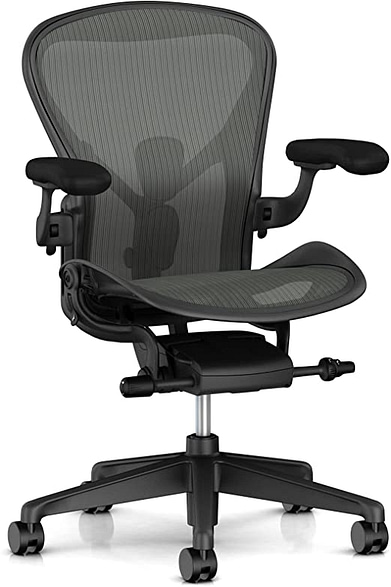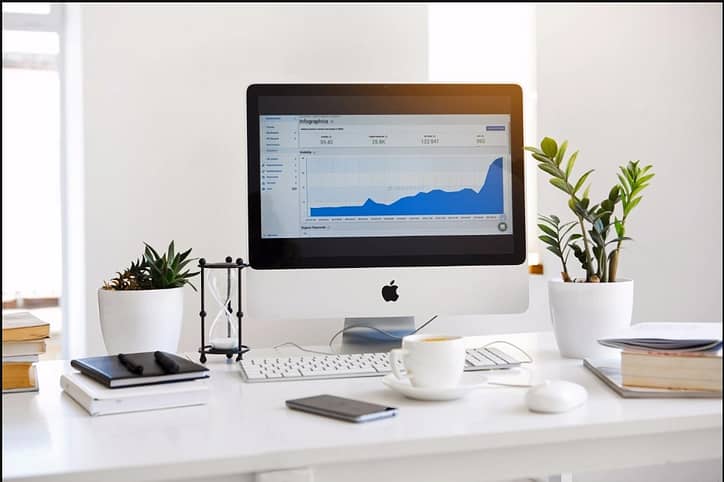Ergonomics for Emergency Dispatchers
However, it’s also physically stressful, since dispatchers need to sit down in the same position for long hours with limited chances of moving around — otherwise they might miss a call. To prevent yourself from experiencing aches and pains during your shifts, here are some things you can adjust in your workstation:
Ergonomic chair

Photo Credit – Pain Free Working
Sitting too long can lead to poor posture. This can cause a lot of discomfort and stress as you continue to sit through your shifts, which will only worsen body aches. Having an ergonomic chair improves your posture since the chair follows the natural curve of your back. This reduces the pain and strain on your back, hip, and neck. It also promotes blood circulation in your whole body, including your legs, since they have a seat pan or front edge that encourages good blood flow even while seated.
Adjusted monitor

Since your monitor is the center of attention during your shifts, you should make sure that looking at it doesn’t cause you discomfort. For instance, your monitor should be placed at eye level to prevent neck strain. You should also make sure that your eyes are comfortable.
In connection to having an adjusted and well-lit monitor, you should also have comfortable lighting outside of the monitor. Communcation centers are normally dimly lit, but you can still address the lighting problem by adjusting your bias lighting — which is lighting from behind the monitor. Sirius Gaming explains that exposing your eyes to just your monitors in a dark room for a long time can strain your eyes. Your eyes can shift from dry to watery, you can experience discomfort, and it can sometimes escalate into a migraine. Bias lighting makes looking at the computer easier on the eyes.
Hands-free headset

It may be normal for you already to multitask, which involves cradling the phone receiver between your neck and shoulder while typing or writing information. However, this can cause neck muscle strains. Mayo Clinic lists common symptoms, which include muscle tightness and spasms, headache, and a decreased ability to move your head. Not fixing your posture can worsen the strain. To help, you should consider having a hands-free handset. It adds to your productivity as well, since you have more freedom to move when you don’t have to keep something steady between your neck and shoulders.
The right ergonomics can reduce the stress that emergency dispatchers feel during their shifts by making their bodies more comfortable and less prone to aches and pains. These pointers are also applicable to emergency call-takers working from home, as a previous article on EENA shows that remote working has also already been introduced to this line of work.
The opinions expressed are those of the author and do not necessarily represent the views of EENA. Articles do not represent an endorsement by EENA of any organisation.

Allison Conner
- This author does not have any more posts.
Share this blog post on:
